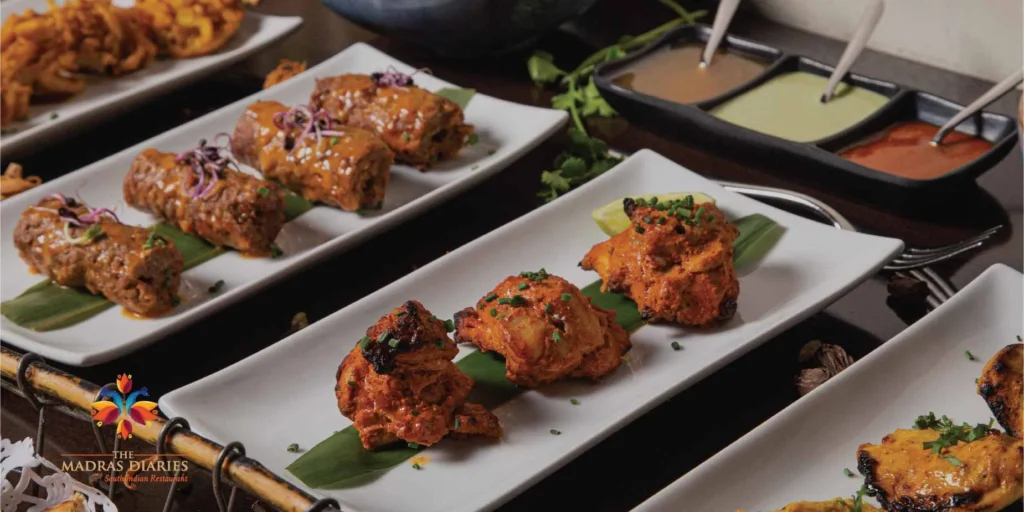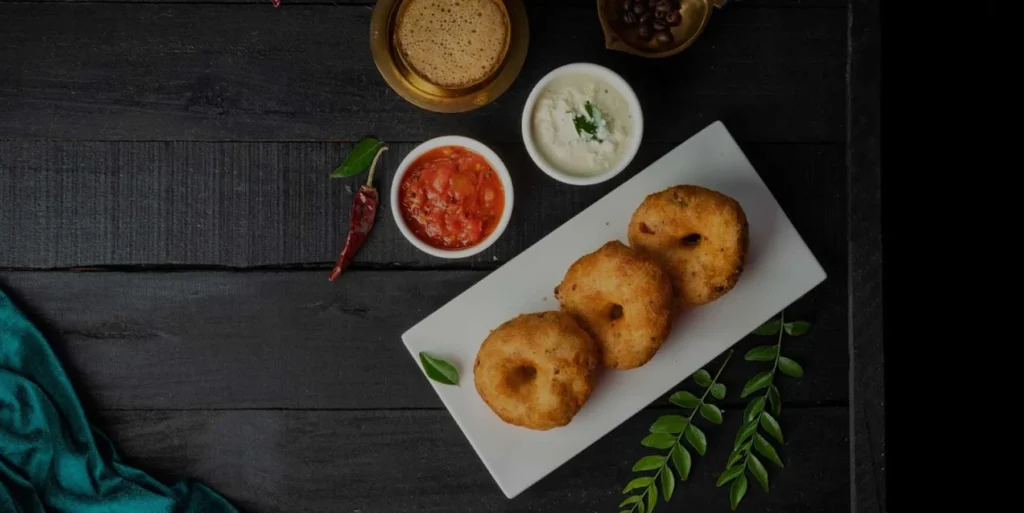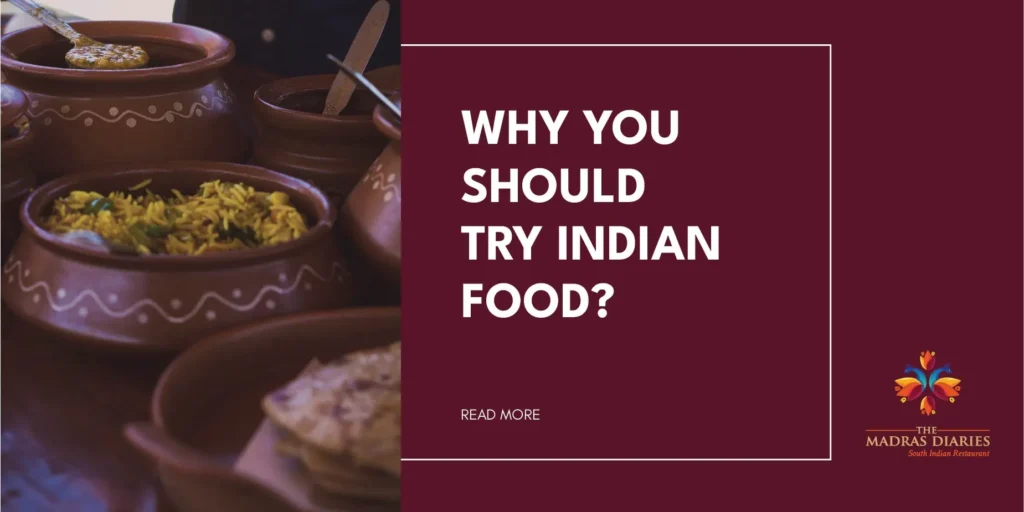The first thing restaurants offer right after we enter their premises is their Starters Menu, right?
And as a matter of fact, most of us do like them. But, did you ever wonder why there is a separate menu for starters or, rather,
When did these starters become a thing?
Although it has become part of every restaurant nowadays, few know its history and present applications.
Let us get some answers with this blog, shall we?
A starter, in simple words, is a small quantity of food that is served as the first course of a meal. Other names of starters are amusing bouche, appetisers, etc.
According to history, the three-course meal originated in 9th century Spain, Persian polymath Ziryab infuriated the Emirati court in Cordoba, insisting meals be served as a soup, then a main dish, and finished with a sweet dessert. However, you would be surprised to learn that from the 16th to the 19th century, dinners in France and Europe had several courses, each made up of several dishes.
Guests could help themselves to the various dishes served in each course. The more guests there were, the more courses there were. This way of serving guests is called service à la française, or French-style service.
Finally, there was a rule that a minimum three-course meal had to be served; the first course included soups and starters, while the second comprised roasts, cold cuts, and vegetables, which is nowadays known as the main course and to save the best for the last, the third, desserts.
Scientifically speaking, these starters can boost your appetite so that you can enjoy your main course food more. But the main reason behind serving starters in any restaurant is usually to make you wait for your food for a longer time. According to statistics, about 39% of restaurant people order starters to get the whole food experience.
Did You Know?
Every good restaurant ensures their food starters are priced lower than the main course.
Why do you think it happens?
Here’s why starters are important.
What’s The Appetite
Sometimes all you need is a little enticement, like an appetiser, to awaken your sensory pallet for that mouth-watering full-course dinner you anticipated savouring all week.
According to experts, an appetiser prepares your stomach for what will come next.
As research says, savoury appetisers increase people’s interest in food and prepare the digestive system for a heavier meal.
Scientifically speaking, when we’re hungry, our stomach produces acids in preparation for food. Waiting too long to eat can result in acidity and discomfort, making people feel famished. With starters, the small portions you consume help manage your appetite – while whetting your appetite for more.
This is the overall objective of a food Starter.
Hence these starters should be small, light on the stomach, and not too heavy to prevent you from enjoying the main course.
The Time Saviour
It all goes back in time.
While many starters cook quickly, others can take a lot of time. Nevertheless, it gives you time as the host or restaurant chef to prepare the main course.
As the main course takes a lot of time, the whole objective of the starters is to provide the customers and guests with something to eat while buying time to cook the main dish.
Especially during social functions like dinner parties, wedding receptions, etc., anxiety amongst the guests increases, especially when the main food serving element gets delayed. Hence these starters can save the day!
Some starters take 5 minutes to prepare, others can take about 15 minutes to be ready, while others are made ahead of time and frozen.
Also, some starters are cold and can be eaten straight from the fridge. If you’re having a house party, the idea is to prepare your starters beforehand, which can save you from rushing the main dish.
If, by chance, the main dish gets delayed due to some unforeseen events, your starters can save the day, of course, depending on how tasty they are.
In short, starters are just as important as the main course.
They set the tone for the whole meal!
The Food Artistry!
Let us ask you a question,
What is the very first thing you do when the starters arrive?
The unanimous answer to this is to click a picture of it.
A well-presented starter allows the customer to appreciate the looks of it before taking a bite. And this is where the chefs can show off their talent as it allows them to cook their creativity and whip up a variety of starters.
For a restaurant looking to draw more people, the emphasis is heightened on creativity and variety, and as we know, it involves a great deal of creativity to make a client wait before eating.
Because the fact remains that we as people love to seek out new food as long as it looks good, smells wow, and tastes amazing.
These starters are a chance for the customers to try new foods & get a feel for the overall tone & taste of the meal. The food industry is highly competitive, but these starters allow chefs to show off their culinary skills.
Let us learn what is considered to be a Good Starter.
- First things first, is that it should be easy to eat; for example, small bite-sized pieces can be served so that people can eat them without making a mess.
- Secondly, a starter should be flavourful as it is the opening to the main course. It should not be too filling but just enough!
- Last but not least, a starter should be visually attractive, meaning it can be garnished with some herbs or other decorations and should look appetising.
For the restaurant or vendor, starters are a chance to increase sales. For the consumer, they pose an opportunity to taste a variety of items and promote a more interactive communal dining experience.
Some of the best Indian starters include Medu Vadai, Pakoras, Kababs, etc. If you are staying in Amsterdam and craving some tasty Indian food, The Madras Diaries should be on top of your list.
Start with their amazing Medu Vadai and move on to spicy gravies, tangy chutneys, sweet and sour accompaniments, hearty rice, and bread, and end it with the sweet dessert.
Thank us Later!



